‘This is the story
Of a love that flourished
In a time of hate
Of lovers no tyranny can separate
Love set into motion on the Nile’s shore
Destiny ignited by an act of war’
— excerpt from Aida’s‘Every Story is a Love Story
By Heidi Sutton
The sands of ancient Egypt have blown into Northport as the Engeman Theater presents the timeless love story “Aida” through June 23. With music by Elton John, lyrics by Tim Rice, and book by Linda Woolverton, Robert Falls and David Henry Hwang, the musical is based on Giuseppe Verdi’s 19th-century opera of the same name.
The Egyptian pharaoh (Julius Chase) wishes to expand his reign beyond the Nile and orders Egyptian captain Radames to make war with neighboring Nubia. In his travels, Radames captures a dark and beautiful Nubian princess, Aida, and presents her as a gift to his fiancé of nine years, Princess Amneris. Over time he finds himself falling in love with Aida and begins to question the course his life should take.
When a plot orchestrated by Radames’ father Zoser (Enrique Acevedo) to poison the Pharaoh is brought to light and Radames and Aida’s forbidden love is discovered, Princess Amneris is tasked with deciding their fate. Without giving away the ending, let’s just say that breaking ancient Egyptian laws never ended well.
Costumes by Kurt Alger are gorgeous, from Princess Amneris’ many gowns and headpieces to the Pharaoh’s royal garbs. The set, designed by Michael Bottari and Ronald Case, is adorned with hieroglyphics, palm trees, an occasional stream and a rotating platform that is utilized in many ways including as a ship, a throne and a prison cell.
Kayla Cyphers is perfectly cast as Aida, a enslaved princess stolen from her father, Amonsaro (Gavin Gregory) and trying to stay strong for her people. “Nubia will never die! Whether we are enslaved or whether we are far from our native soil, Nubia lives in our hearts. And therefore, it lives.” Regal and strong-willed, she commands the stage in every scene.
We see the most change in Radames, expertly played by Ken Allen Neely, from a selfish cold-hearted man to a hopeless romantic who just wants to run away with his Nubian princess.
Jenna Rubaii is divine as the materialistic Princess Amneris, “first in beauty, wisdom … and accessories,” and draws the most laughs — “Are you trying to get me drunk, Radames? You know it’s not necessary,” and special mention should be made of Chaz Alexander Coffin who plays Mereb, a Nubian slave. From his first appearance on stage Coffin quickly becomes an audience favorite.
The musical numbers are the heart of the show, from the highly charged dance numbers, “Another Pyramid” and “Dance of the Robe,” to the fun fashion show “Strongest Suit” and the romantic duets “Written in the Stars” and “Elaborate Lives.”
Director and choreographer Paul Stancato has such a wondrous and mysterious time period to work with and he takes full advantage of it, creating an exciting and colorful show with a first-rate cast of actors-singers-dancers and live band to produce a wonderful evening of live theater.
The John W. Engeman Theater, 250 Main St., Northport will present “Aida” through June 23. Running time is 2.5 hours with one intermission. Tickets range from $73 to $78 with free valet parking. For more information, call 631-261-2900 or visit www.engemantheater.com.
All photos by Michael DeCristofaro/ John W. Engeman Theater


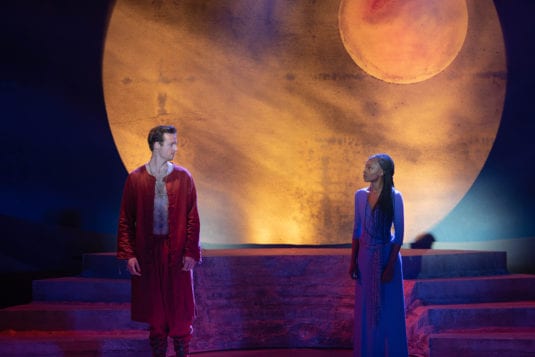

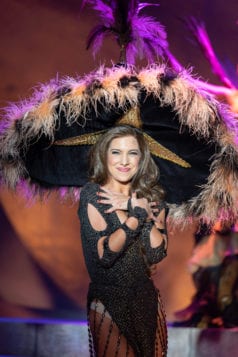
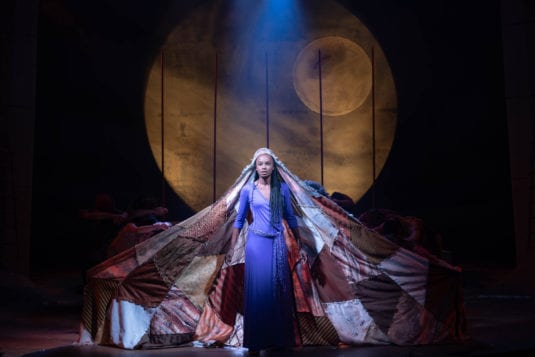
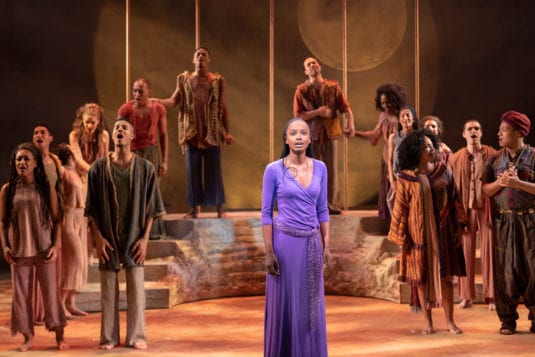


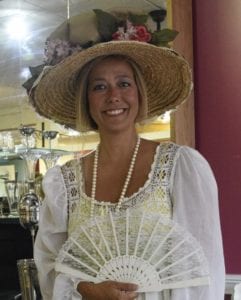

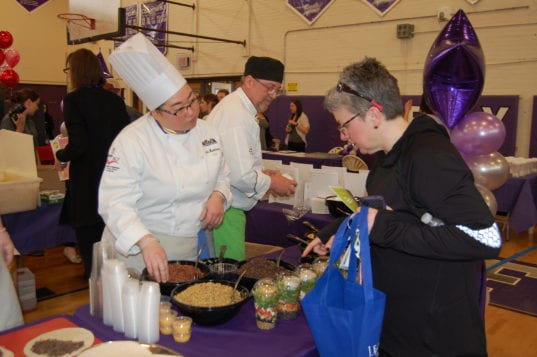
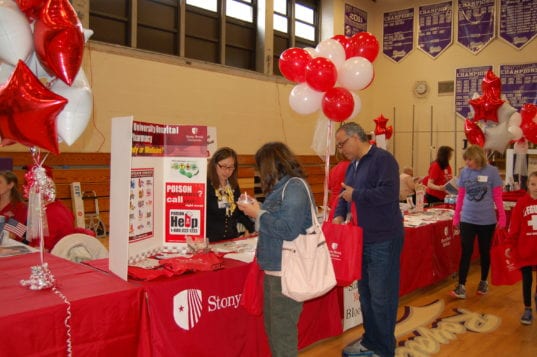

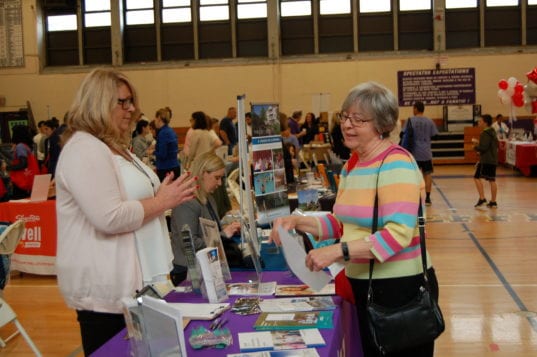

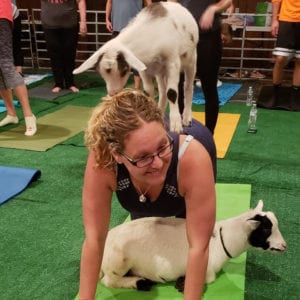





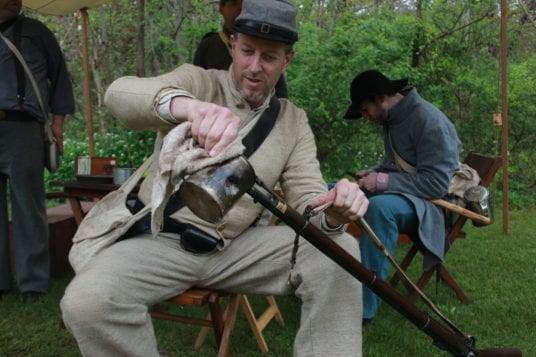
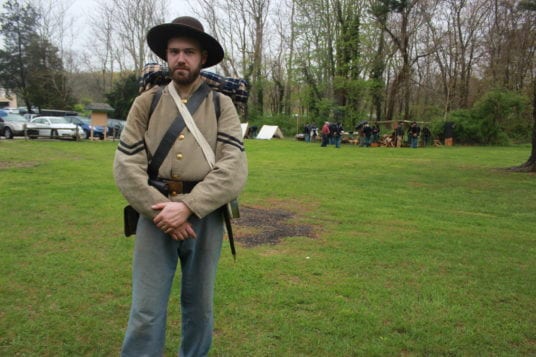
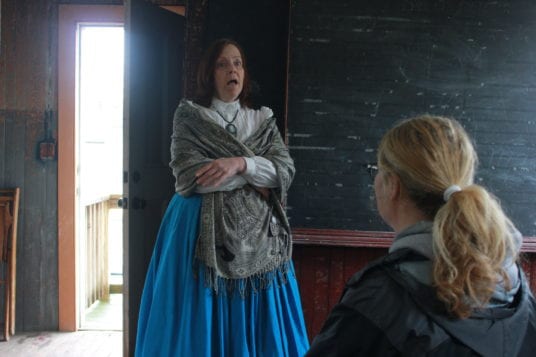

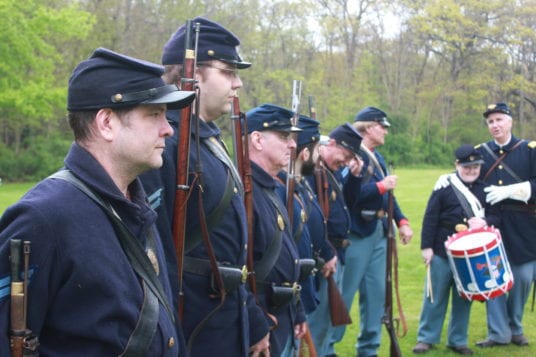

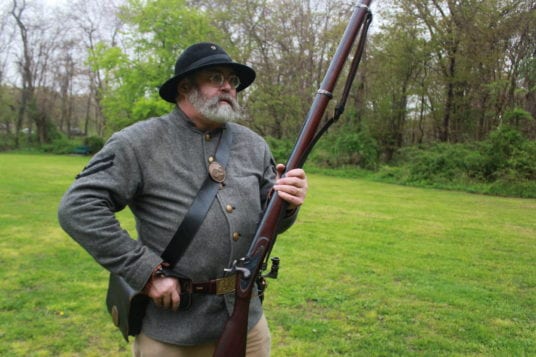
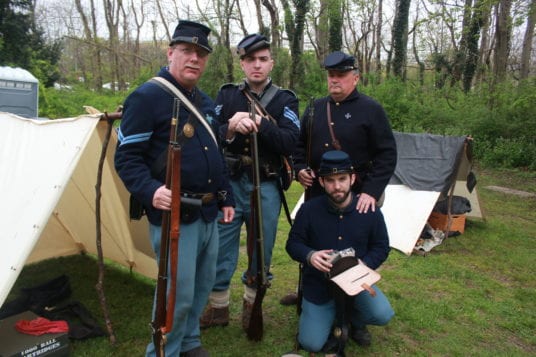
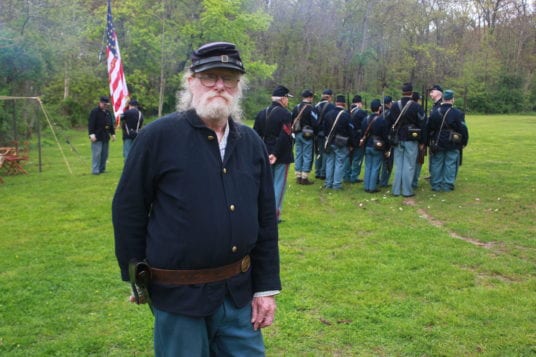
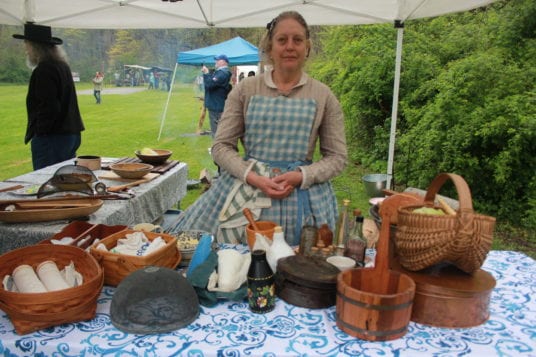
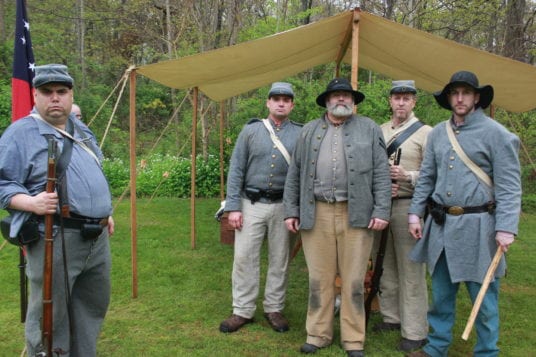
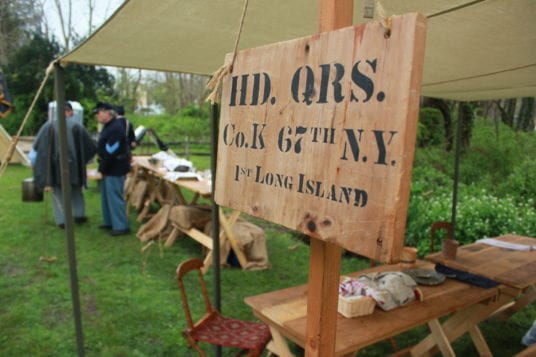
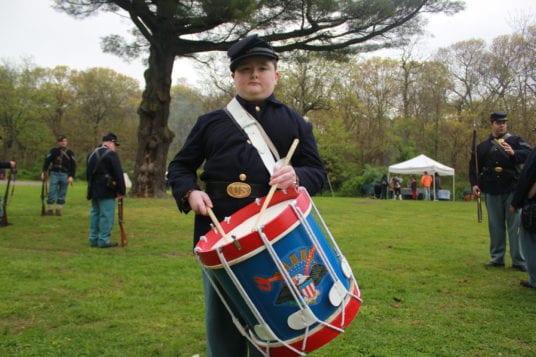
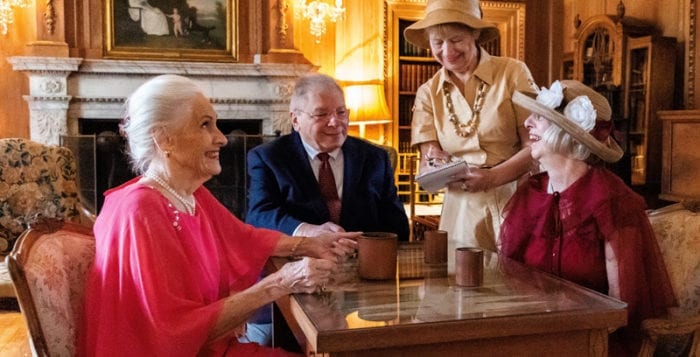
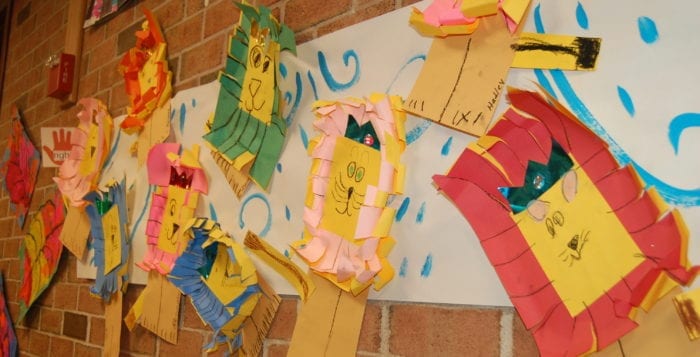








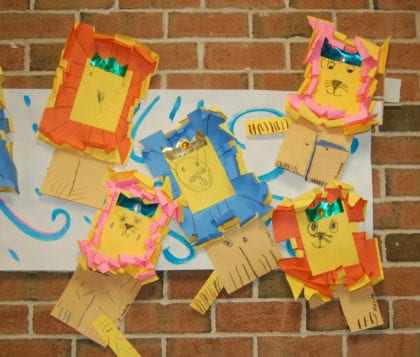
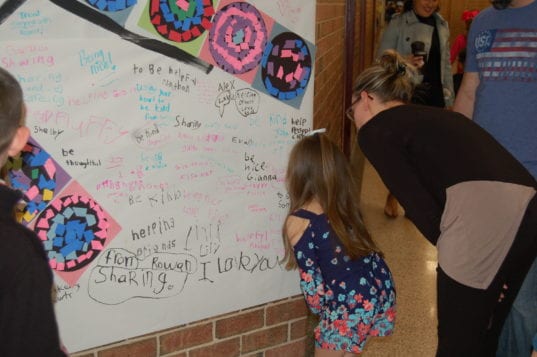


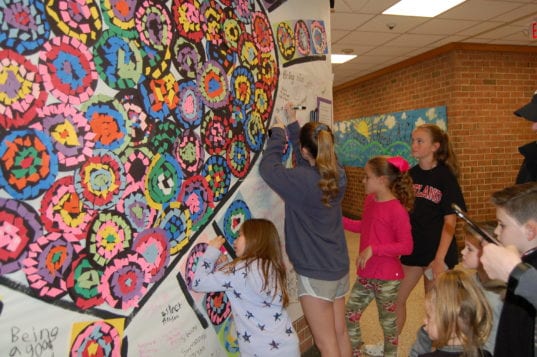




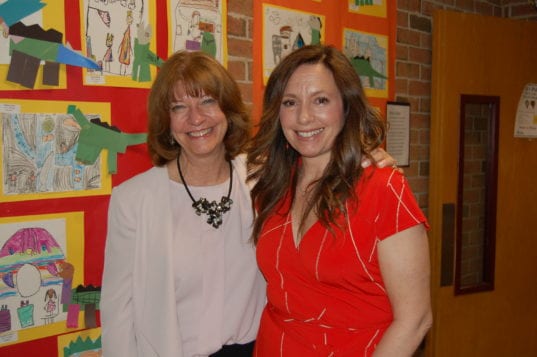


 This week’s featured shelter pet is Cutter, an 8-month-old Black Mouth Cur mix who was rescued from a high kill shelter in Texas.
This week’s featured shelter pet is Cutter, an 8-month-old Black Mouth Cur mix who was rescued from a high kill shelter in Texas.




